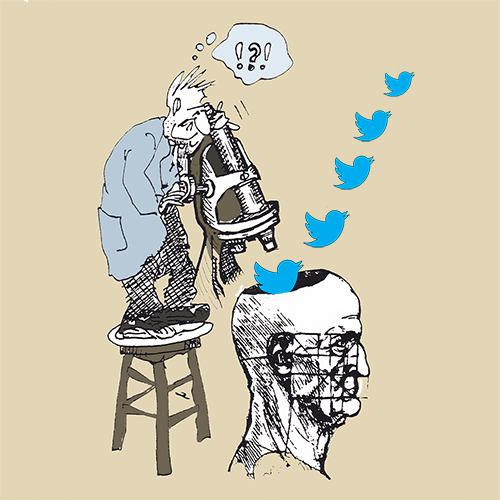Guidelines on Developing a Communications Crisis Response Plan
Corporations need to stay cognisant that disgruntled staff might, by association, use social media to potentially harm a corporation’s image or tarnish a brand’s reputation. For example, staff can readily vent ill-conceived grievances or post damaging comments over Twitter. It’s increasingly prudent for employers to be prepared by developing explicit social media policies, establishing communications protocol, and designing damage control mechanisms.
1. Prepare a Communications Crisis Response Plan (CCRP)
Describe the scope and purpose of the CCRP Describe the types of major communications / PR incidents that might damage the corporate reputation. Brainstorm and describe foreseeable scenarios of major communications crises, particularly relating to social media. Scope to include written or verbal statements by staff of an accidental or malicious nature (e.g. subjects of defamation, racism, sexism, threat of violence, harassment, bullying). Outline what high-level company response should be undertaken for each type of crisis occurring and going public. Consider establishing an off-site (nearby) command centre in case the normal building access is restricted possibly due to terrorism, flood, pandemic, network breakdown etc. Obtain CEO approval on the aims, scope and structure of the CCRP.2. Appoint the CCRP team
CEO and Communications or Media Director to decide who to appoint as the management team members. Identify specific responsibilities of each team member for the preparation and implementation the CCRP. Agree on a timeline to develop and document the CCRP. Allow time for approvals per stage, and trials. Nominate who in the media response stage, will be the ‘main media spokesperson’, the second in line contact, and third backup delegate. Prepare a detailed CCRP Process Manual for the CCRP team. Consider engaging the services of an external agency specialist. Prepare guidelines for all staff, which include the company policy and protocol on external communications. Inform all staff about the CCRP, and arrange for them to have access to the general Crisis Response Process. Inform all staff of the management team’s contact numbers.3. Establish a notification (alert) system
Prepare suitable systems and channels when it’s necessary to urgently reach key contacts:senior management, staff, stakeholders, business partners, suppliers, media (when appropriate)
Develop a detailed process, and the channels, that will be engaged when a communications / publicity crisis requires action. Document ‘who to notify internally, what they will do, and by when’. List the internal and external contact numbers for SMS alerts, social media channels, web / portal announcements, senior management etc. Ensure that private mobile numbers of senior management are restricted to only the CCR team. Consider acquiring a specific mobile phone [a unique number] for each CCR team member, which is connected to a separate teleco service provider other than who they normally use for their personal mobile. Advise senior management that these numbers will be on standby to maximise the CCR members’ availability during a crisis. Trial and test that the alert systems work well. In the advent of a crisis, a predetermined CCR delegate will set up (asap) a timeline document accessible to senior management. Ideally it shows verified events which led to the crisis, important incidents, actions taken, and reactions.